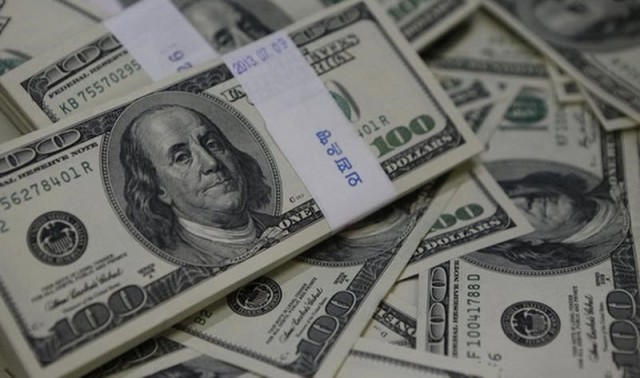The US dollar witnessed a harsh week against the major currencies after posting a 1% drop last week and losing 2.4% of its value in November.
US government bonds also saw heavy selling, pushing the yield on the 10-year bond to 0.97%.
and a number of important support and resistance levels for major foreign currencies have been breached recently, as the EUR / USD fell to 1.20, and the 1.30 barrier of the USD / CAD was breached The USD / CHF reached its lowest levels since January 2015 after the Swiss central bank abandoned the limit imposed against the euro.
These important technical developments have contributed to strengthening the downward trend of the US dollar.
On the other hand, a poll conducted by Reuters for a number of currency strategists revealed that 51 out of 72 analysts expect the downward trend of the US dollar to continue until the middle of 2021.
These results coincide with those reached in the November survey of global stocks, where the majority of analysts believe that the uptrend that stocks are currently taking will continue for six months or more. .
and there is an inverse relationship between global equities and the US dollar. The performance of emerging market currencies also declined significantly this year, although they rebounded last month after the return of foreign investors.
and since the results of the US elections, emerging market indicators issued by the Institute of International Finance have revealed that the average daily flow of 28 days to emerging markets has reached $ 1.28 billion. A record number since the data series began compiling in 2005.
The recovery in the Chinese economy, the rise in commodity prices and optimism about vaccines have pushed investors to search for higher returns.












































